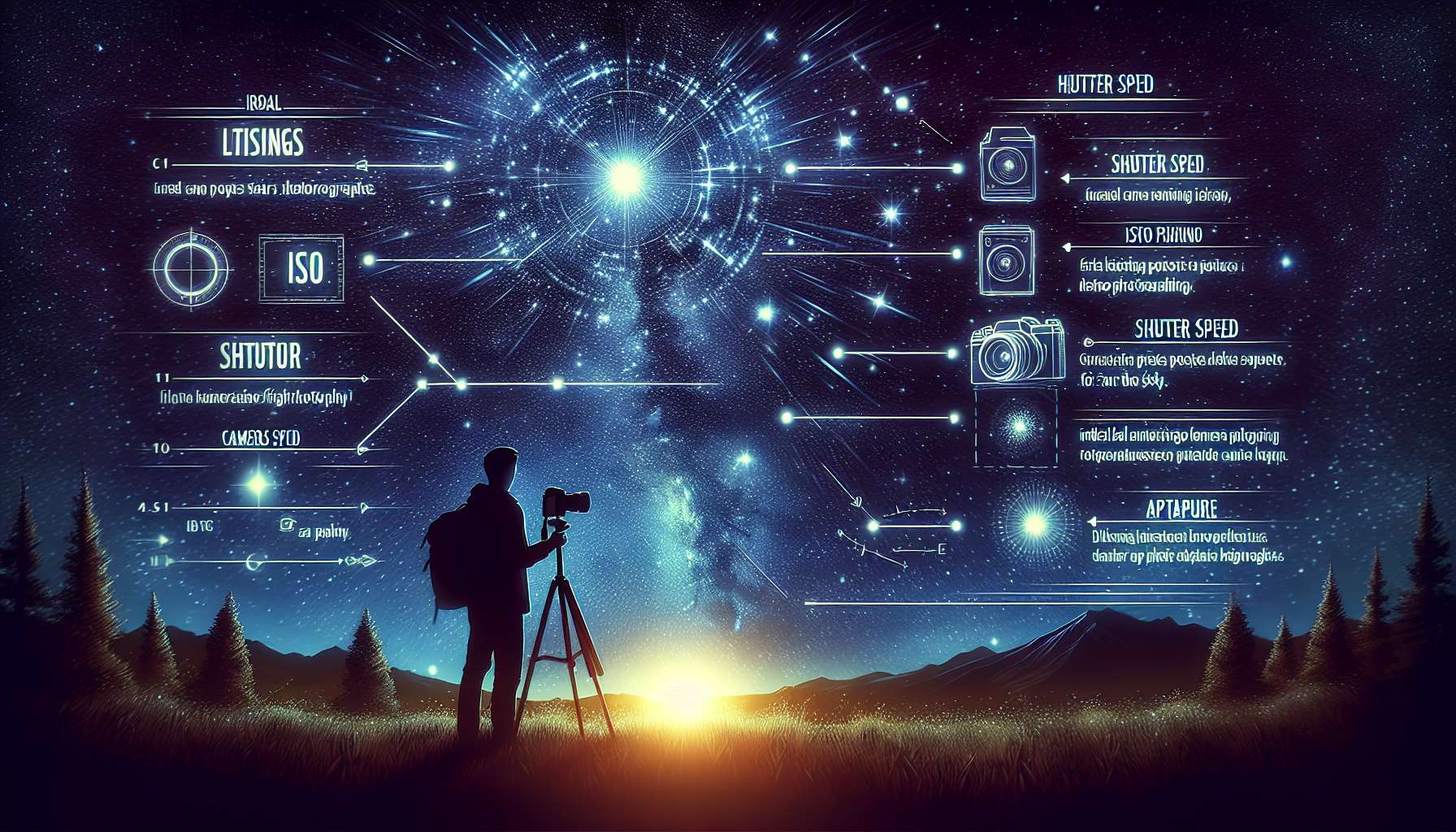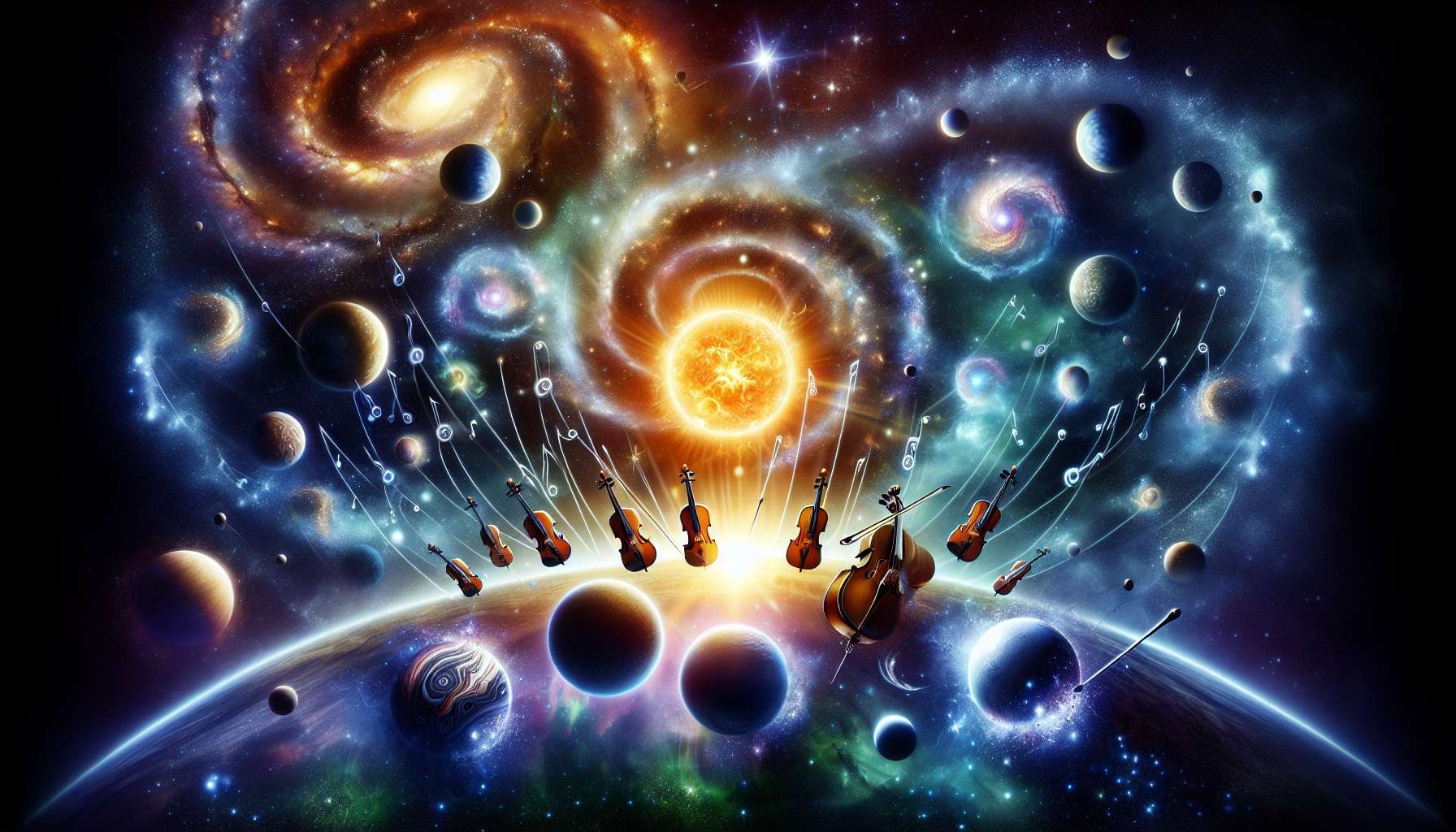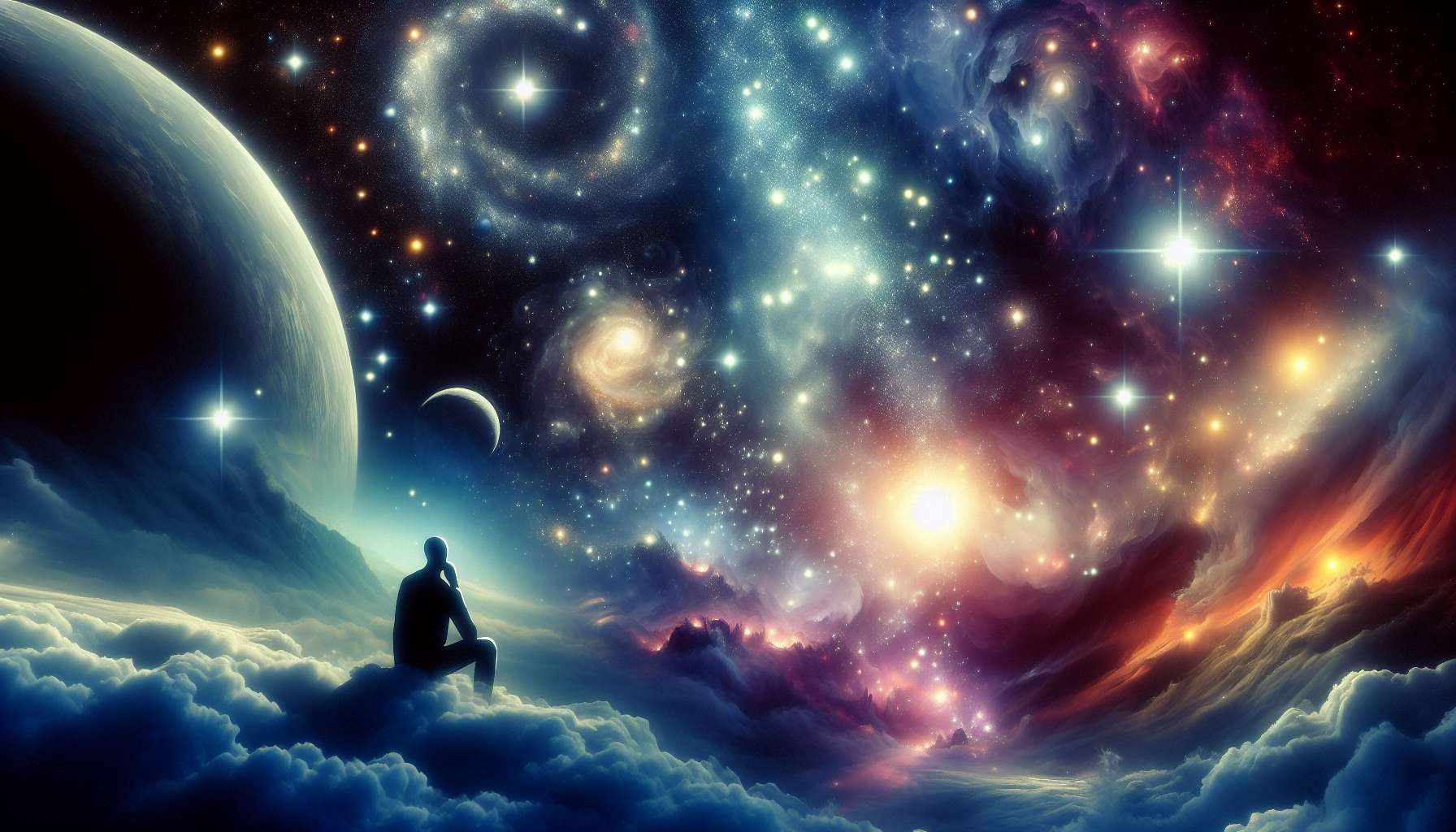Midnight Musings in Art: Exploring the Depths of Creativity
Art has long been a medium through which artists express their deepest thoughts, emotions, and reflections. In the quiet hours of the night, when the world is asleep, many artists find themselves engrossed in their work, allowing their minds to wander freely and their creativity to flow uninhibited. These midnight musings often give rise to some of the most profound and captivating artworks, born out of a unique blend of solitude, introspection, and inspiration.
Have you ever wondered what goes on in the minds of artists during these late-night hours? What drives them to create at a time when most are in slumber? Join us on a journey into the world of ‘Midnight Musings in Art‘, where we unravel the mysteries behind some of the most iconic works of art created under the veil of darkness.
The Solitude of the Night
One of the key factors that contribute to the allure of creating art at midnight is the solitude that comes with the late hours. With the distractions of the day behind them, artists are able to immerse themselves fully in their work, undisturbed by the hustle and bustle of the outside world. This sense of solitude allows for a deeper connection with one’s thoughts and emotions, often leading to greater introspection and self-discovery.
Take, for example, the renowned painter Vincent van Gogh, who was known to work well into the night, creating some of his most iconic pieces under the cover of darkness. Van Gogh’s famous ‘Starry Night’ is said to have been inspired by the night sky he observed from his window during his time in the Saint-Paul-de-Mausole asylum. The solitude of the night allowed van Gogh to channel his inner turmoil and create a masterpiece that continues to captivate audiences to this day.
The Play of Light and Shadow
Another fascinating aspect of creating art at midnight is the interplay of light and shadow that comes into play. The darkness of the night provides a unique canvas on which artists can experiment with different lighting techniques, creating a sense of drama and mystery in their work. The contrast between light and shadow can evoke a wide range of emotions, adding depth and dimension to the artwork.
The Spanish painter Francisco Goya was known for his haunting works that often depicted scenes of darkness and despair. Goya’s ‘The Third of May 1808’ is a prime example of how the artist used light and shadow to convey the brutality of war and the resilience of the human spirit. Working late into the night, Goya was able to capture the intensity of the moment, using stark contrasts to highlight the stark realities of conflict.
The Call of Inspiration
For many artists, the late hours of the night hold a special kind of magic, where inspiration seems to flow freely and ideas come alive. The silence of the night can be a powerful muse, stirring the creative energies of artists and sparking new visions and concepts. It is during these midnight musings that artists often find themselves tapping into the depths of their imagination, producing works that are truly original and innovative.
One such artist who was known for his nocturnal creative sessions was the surrealist painter Salvador Dal. Dal’s iconic painting ‘The Persistence of Memory’ is a testament to the artist’s vivid imagination and unique vision. Inspired by dreams and subconscious thoughts, Dal created a surreal landscape that defies logic and reality, drawing viewers into a world of wonder and intrigue.
The Quiet Reflections
Art created at midnight is often imbued with a sense of quiet contemplation and introspection. The stillness of the night allows artists to reflect on their thoughts and emotions, delving deep into their subconscious to uncover hidden truths and desires. This process of self-exploration can lead to the creation of artworks that are deeply personal and resonant, connecting with viewers on a profound level.
The American artist Georgia O’Keeffe was known for her introspective approach to art, often drawing inspiration from the natural world around her. O’Keeffe’s ‘Black Iris III’ is a striking example of the artist’s ability to capture the beauty and complexity of nature through her unique perspective. Working late into the night, O’Keeffe would immerse herself in the intricate details of her subjects, creating works that are both intimate and awe-inspiring.
The Influence of Dreams
Many artists draw inspiration from their dreams and subconscious thoughts, exploring the depths of their minds in search of new ideas and concepts. The late hours of the night are often a time when dreams are most vivid and powerful, providing artists with a rich source of inspiration for their work. By tapping into their dreams, artists can create art that is both surreal and evocative, blurring the lines between reality and imagination.
The French artist Henri Rousseau was known for his dreamlike paintings that often depicted lush jungles and exotic landscapes. Rousseau’s ‘The Dream’ is a prime example of how the artist drew inspiration from his dreams to create works that were both fantastical and mysterious. Working late into the night, Rousseau would channel his subconscious thoughts into his art, producing pieces that continue to captivate audiences with their dreamlike quality.
Expert Opinions: Insights from Artists
To gain a deeper understanding of the creative process behind ‘Midnight Musings in Art’, we reached out to several artists for their insights and perspectives. Renowned painter Lisa Adams shared her thoughts on the topic, stating, “Creating art at midnight allows me to tap into a different part of my psyche, where ideas flow freely and boundaries are pushed. The quiet of the night lends itself to a deeper exploration of my thoughts and emotions, resulting in artworks that are both introspective and emotive.”
Similarly, sculptor David Smith spoke about his experiences working late into the night, saying, “The solitude of the night allows me to focus entirely on my work, without any distractions or interruptions. This sense of immersion in my craft is essential for me to create pieces that truly resonate with my vision and intent.”
Common Misconceptions About Midnight Musings in Art
While creating art at midnight can be a deeply enriching and fulfilling experience for many artists, there are some common misconceptions surrounding this practice. One such misconception is that art created at night is inherently dark and melancholic. While some artists may choose to explore themes of darkness and introspection in their work, many others find inspiration in the beauty and serenity of the night, creating pieces that are vibrant and uplifting.
Another misconception is that creating art at night is a lonely and isolating experience. While solitude can be a valuable asset for artists seeking to delve deep into their thoughts and emotions, many artists also find community and connection in the late-night hours. Virtual art communities and online platforms provide a space for artists to share their work, collaborate with others, and seek feedback and support, even in the wee hours of the night.
Comparative Analysis: Daytime vs. Midnight Creativity
Comparing the creative process during the daytime and at midnight can offer valuable insights into the differences and similarities between the two approaches. While daytime creativity is often characterized by energy, productivity, and external influences, midnight creativity tends to be more introspective, contemplative, and self-directed. Artists may find that their work takes on different tones and themes depending on the time of day, with daytime creations reflecting the vibrancy of the external world and midnight creations delving into the depths of the internal world.
However, it is important to note that creativity knows no bounds and can flourish at any time of day. Some artists may find that they are more productive and inspired during the day, while others may thrive in the quiet of the night. Ultimately, the key is to find a creative rhythm that works best for each individual artist, allowing them to express their unique voice and vision in their work.
FAQs About Midnight Musings in Art
1. Is it necessary to create art at midnight to tap into one’s creativity?
While creating art at midnight can be a powerful and transformative experience for many artists, creativity is a fluid and personal process that can be accessed at any time of day. Some artists may find inspiration in the hustle and bustle of the daytime, while others may thrive in the solitude of the night. The key is to find a creative routine that works best for each individual artist, allowing them to express their creativity in a way that feels authentic and fulfilling.
2. How can I create a conducive environment for midnight musings in art?
Creating a conducive environment for creating art at midnight is essential for fostering creativity and inspiration. This can include setting up a dedicated workspace that is quiet, well-lit, and free from distractions. Playing soothing music, lighting candles, or surrounding oneself with inspiring artwork can also help to create a sense of ambiance and focus. It is important to create a routine that allows for uninterrupted creative exploration, allowing ideas to flow freely and uninhibited.
To Wrap Things Up
As we delve into the enchanting world of ‘Midnight Musings in Art’, we uncover a rich tapestry of creativity, inspiration, and introspection. The late hours of the night offer artists a unique opportunity to explore the depths of their minds, channeling their thoughts and emotions into works of art that are truly transformative and evocative. Whether inspired by solitude, light and shadow, dreams, or quiet reflections, art created at midnight carries with it a sense of magic and mystery that continues to captivate audiences around the world.
So, the next time you find yourself awake in the stillness of the night, take a moment to ponder the beauty and wonder that comes with creating art under the cover of darkness. Allow your thoughts to wander, your creativity to flow, and your imagination to soar. Who knows what masterpieces may be waiting to be born in the quiet hours of the night?




